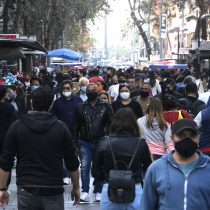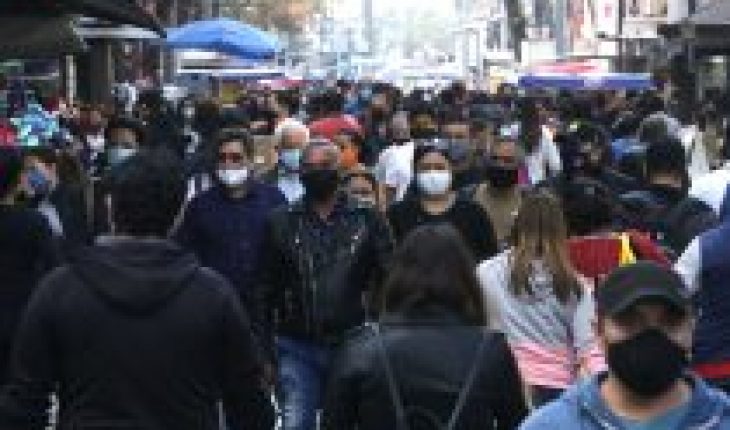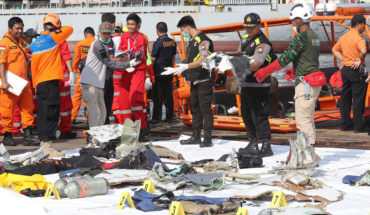
The political and social scenario of recent years has changed exponentially, but chile’s most excluded communes, which have historically been singled out as more alien to civic activity, have demonstrated a marked presence of participation in recent years. This is demonstrated by the latest report issued by the Observatory of Popular Participation and Territory of the Silva Henríquez Catholic University
According to the report that analyzes the marches, self-convened cabildos, and more, in communes with high levels of poverty in the period 2009-2019, it shows that in 210 of the 245 communes with more poverty, actions with public visibility were deployed such as marches, demonstrations, barricades, among others, recorded in the media. That is, in 86% of these communes there were public expressions of social unrest, which speaks of a widespread scope of social mobilization.
As for preconstituting deliberative processes, both the self-convened local meetings (ELAs) of 2016, as well as the self-convened Cabildos that emerged after October 18, 2019, in 239 of the 245 communes analyzed, there were deliberative instances organized and registered. That is to say, in 98% of the communes with high levels of poverty, pre-constitutive instances of citizen deliberation have been deployed in the last five years, which indicates a very widespread scope in this type of communes.
In the process of 2016, ELAs were performed in 232 of 245 of these communes, equivalent to 95%. While in 138 of these (56%) self-convened Cabildos were generated between October 2019 and March 2020, which were systematized. The fact that more than half of the communes with high levels of poverty have developed these instances is significant in terms of their scope, considering that the latter was an initiative promoted at the level of social organizations and collectives, different in terms of resources for dissemination and promotion of the government’s 2016 ELAs initiative.
According to Juan Fernández, researcher in charge of the project and academic at the Silva Henríquez Catholic University, “from a certain political and economic elite, generally from Santiago, it is usually invisible what happens in the rest of the country, especially in the most excluded communes, but the truth is that they have been demonstrating the last decade a capacity for citizen mobilization and articulation , in regions and in rural communes as well”.
Within the analysis, it is highlighted that both rural communes, as well as those in the north and south, have significant rates of mobilization and deliberation.
Process of socio-political accumulation
The analysis sheds light on the process of socio-political accumulation that has developed in the popular sectors during the last decades, which reaches in its diversity to the national territory, with protagonism of the northern and southern regions of the country, as well as rural areas. This “periphery” of Chile, historically excluded, becomes visible in the process currently underway.
This, together with the increase in voter turnout in the election of conventional constituents in the communes with the highest levels of poverty, rural, and in the north and south of the country, places them in an expectant position within the framework of the current constituent process and suggests that this will be deployed with the great challenge of incorporating the voices of the most precarious territories. , traditionally excluded from decision-making.
“Properly understanding the socio-political participation in the territories, their demands and proposals, is essential at this time, where a Constitutional Convention with a diverse composition is underway like no other political body, which opens a tremendous opportunity, but also an enormous challenge not to disconnect from those territories,” concludes Juan Fernández.





